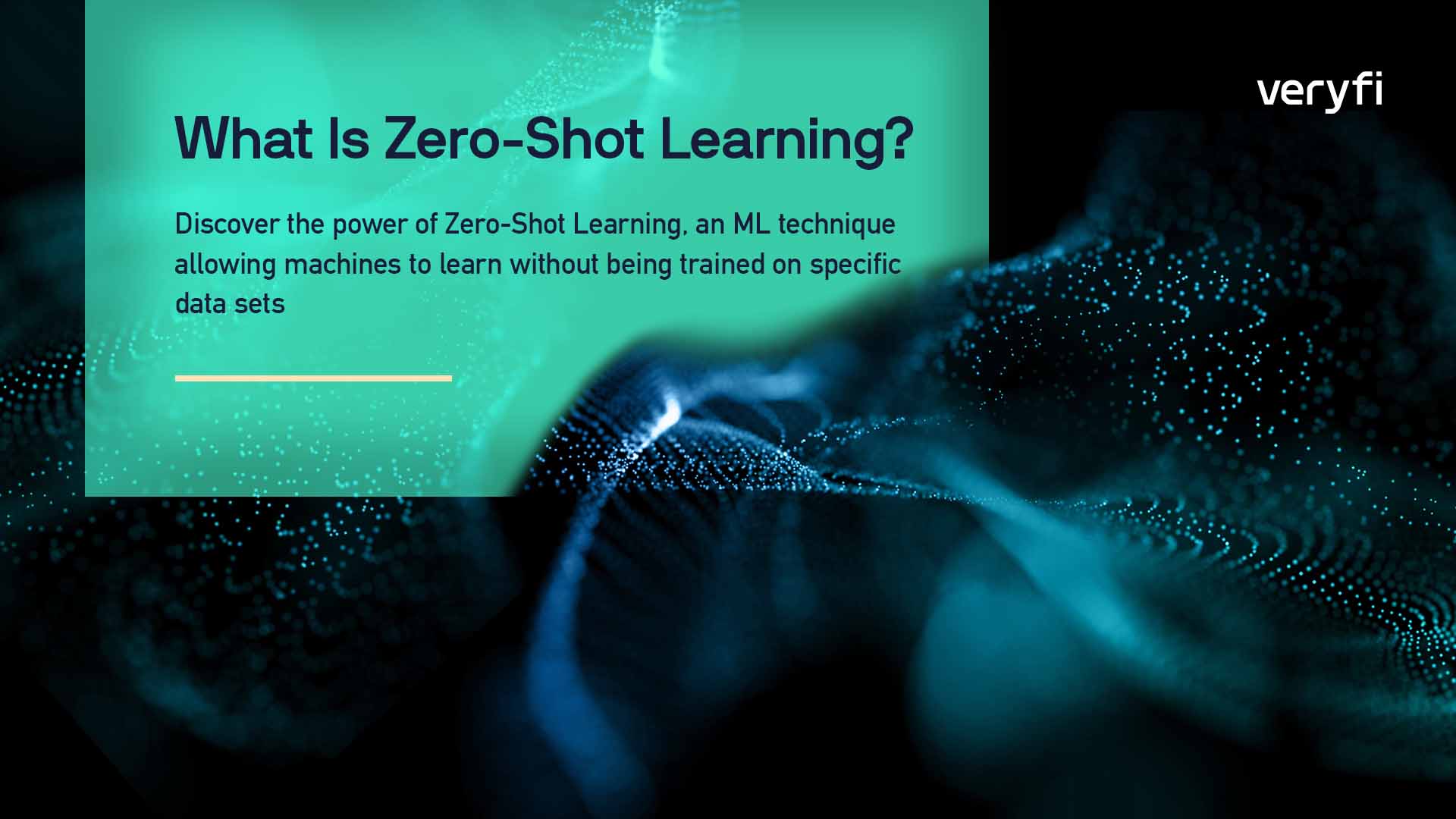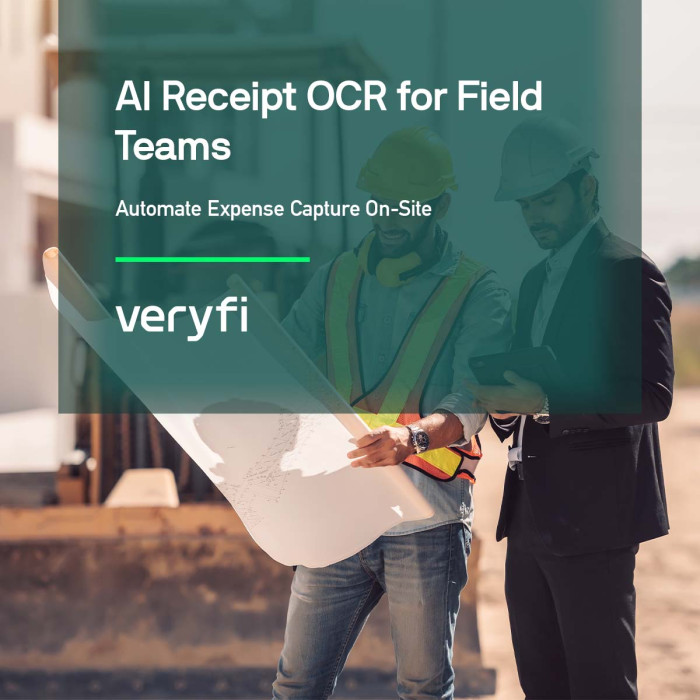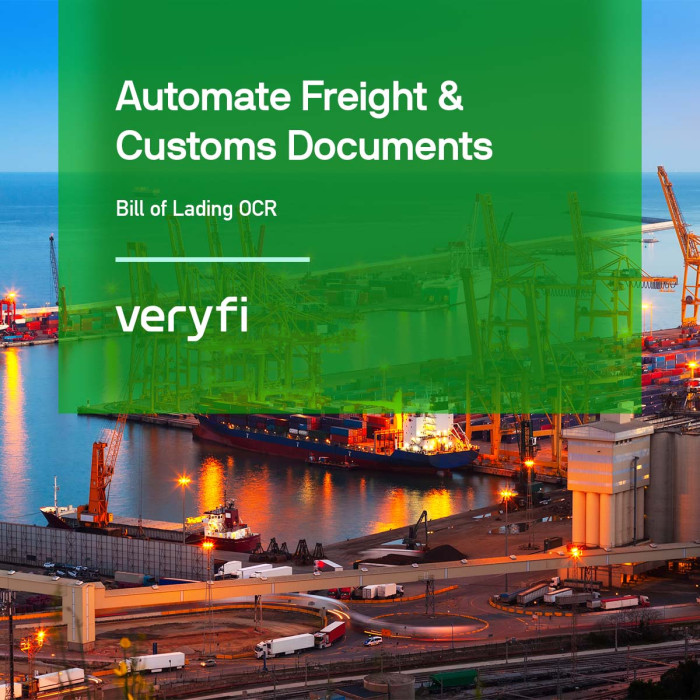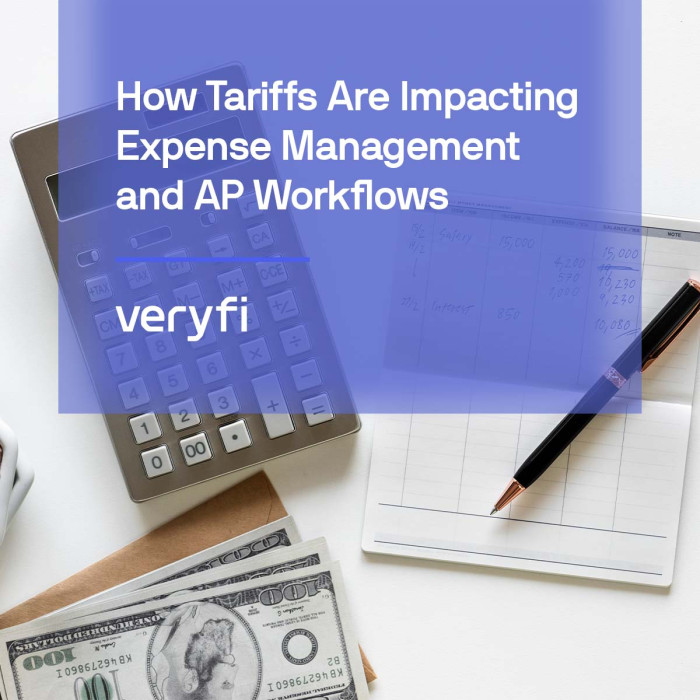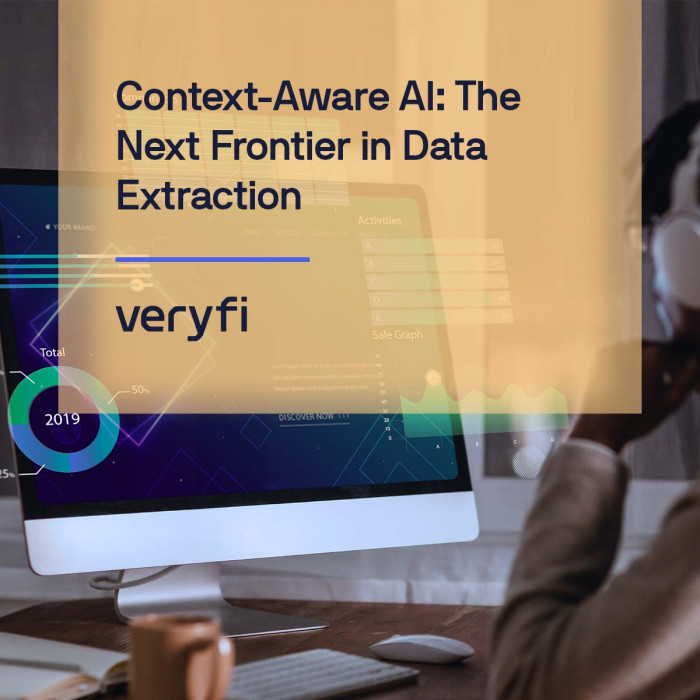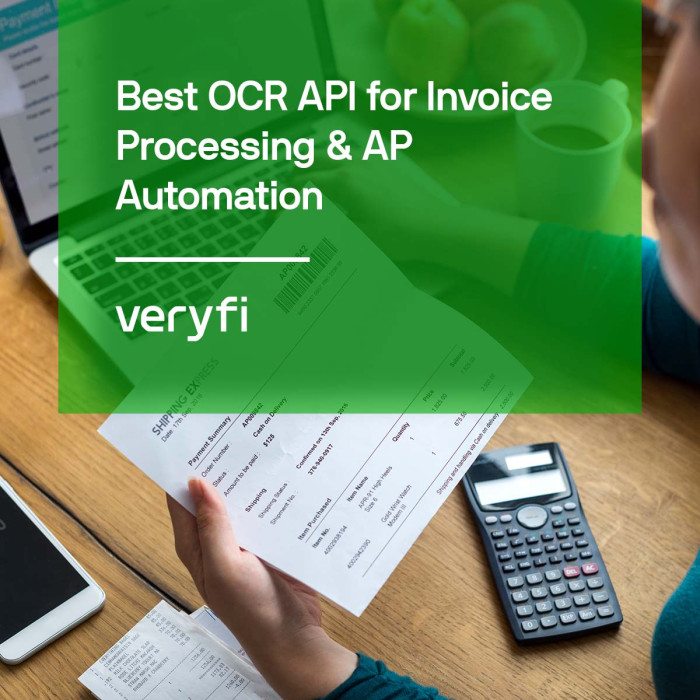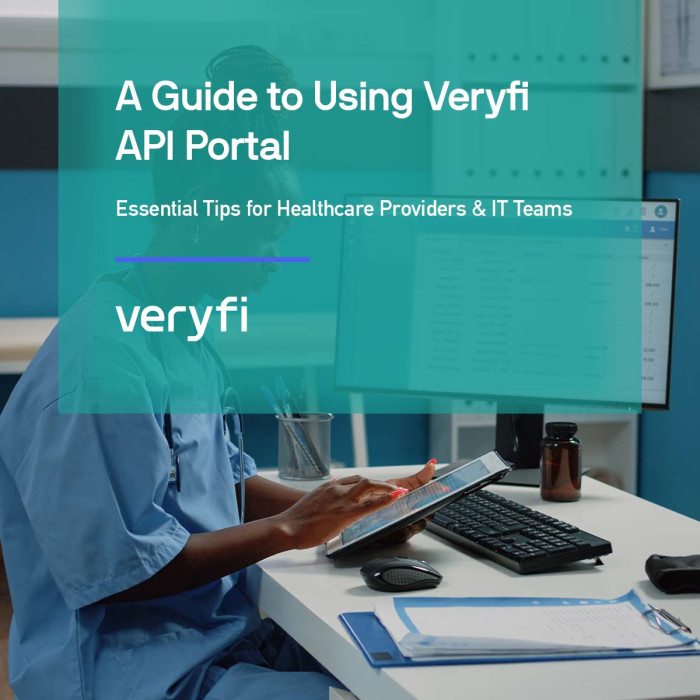Discover the power of Zero-Shot Learning, a cutting-edge machine learning technique that allows machines to learn and make predictions without being trained on specific data sets.
Zero-Shot Learning: An In-Depth Overview
Machine learning has revolutionized the world of artificial intelligence and provided significant advancements in various fields. One of the latest innovations in this area is zero-shot learning. This technique enables machines to recognize and identify new objects, classes, or categories that were never presented to them in the training phase. In this article, we will provide an in-depth overview of zero-shot learning, its mechanics, benefits, and limitations.
Understanding Zero-Shot Learning
Definition and Key Concepts
Zero-shot learning is a machine learning method used to teach machines to recognize and classify new objects or categories that they have never seen before. The method utilizes semantic embeddings to establish relationships between objects and their features, attributes, and context. Often, neural networks are used to generate this mapping. Sometimes, this mapping is referred to as a “knowledge graph”. Leading industry analysts like Deep Analysis have predicted that in 2023, innovative Intelligent Document Processing solutions will be using knowledge graphs. In contrast, traditional machine learning depends on supervised training where machines require training examples to recognize and identify a new object or category.
Another essential concept is the zero-shot learning paradigm, which refers to the idea of predicting unseen data from a model that has been trained using limited labeled data. The zero-shot approach enables the model to generalize and learn from the correlation between different classes, attributes, and features.
How Zero-Shot Learning Differs from Traditional Machine Learning
Traditional machine learning requires large labeled datasets to enable the model to learn and make predictions. The models can memorize the data and can identify the objects in the test dataset that they have seen during the training phase. In contrast, zero-shot learning depends on conditional probabilities and the model’s ability to establish relationships between the known classes and the new unseen ones. The model can recognize and classify new objects based on their attributes and features rather than memorizing them.
The Importance of Zero-Shot Learning in AI Development
Zero-shot learning has significant implications for artificial intelligence development, particularly in areas where the training datasets are limited, costly, or unavailable. Additionally, zero-shot learning can enhance the learning process by helping models generalize and learn faster while reducing overfitting. This approach can have a significant impact on improving the accuracy, efficiency, and speed of various applications such as natural language processing, computer vision, and recommendation systems. In this way, AI OCR solutions like Veryfi OCR API Platform can deliver Day 1 Accuracy™.
The Mechanics of Zero-Shot Learning
Zero-shot learning is an exciting and innovative approach to machine learning that allows models to classify objects into categories that they have never seen before. This technique relies on the ability to extract features and represent objects using their attributes, enabling the model to map known features and attributes to unseen ones accurately.
Feature Extraction and Attribute Representation
Feature extraction is a critical step in zero-shot learning, as it involves identifying the salient features that can differentiate between different objects and classes. This process can be done using various techniques such as convolutional neural networks (CNN) and autoencoders, which are deep learning models that can extract features from images and other types of data.
Attribute representation, on the other hand, requires encoding the objects’ properties such as color, size, or shape in a vector space that can be easily compared and correlated. This process is crucial for zero-shot learning, as it allows the model to understand the relationships between different attributes and use this knowledge to classify objects accurately.
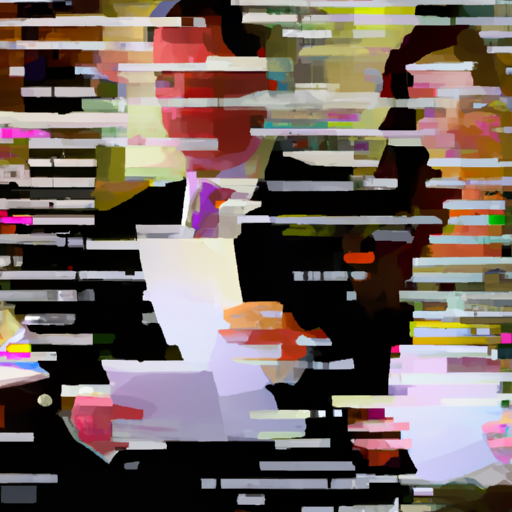
Knowledge Transfer and Semantic Embeddings
Knowledge transfer is another critical aspect of zero-shot learning, as it refers to using the knowledge learned from one task or dataset to improve the model’s performance on another task or dataset. This approach enables the model to generalize well and make accurate predictions for unseen classes or categories. Semantic embeddings are a way to transfer knowledge by mapping the objects and their attributes into a common vector space. This process enables the model to classify objects based on their similarity in the vector space rather than based on the features of the specific dataset. The semantic embeddings can be learned using various techniques such as word embeddings and deep metric learning, which are powerful methods for representing objects in a high-dimensional space.
Knowledge transfer using semantic embeddings is one of the ways new document types, languages, and currencies can be quickly supported by the Veryfi OCR API.
Classifier Design and Training
The final step in zero-shot learning is classifier design and training. This step involves designing a classifier that can predict the correct class or category for a given object based on the features and attributes. The training process involves optimizing the classifier’s weights and parameters using a loss function that measures the distance between the predicted and the actual label.The training process can be done using various techniques such as neural networks. These methods are powerful and can learn complex patterns in the data, enabling the model to make accurate predictions for unseen classes or categories.
In conclusion, zero-shot learning is an exciting and innovative approach to machine learning that has the potential to revolutionize the field. By extracting features, representing objects using their attributes, transferring knowledge, and designing and training classifiers, we can build models that can accurately classify objects into categories that they have never seen before.
Applications of Zero-Shot Learning
Natural Language Processing and Text Classification
Zero-shot learning has significant implications for natural language processing and text classification. The technique can be used to classify text documents based on their attributes and features. For example, the Veryfi AI OCR model can classify receipts into expense categories based on their content and related features.
Computer Vision and Object Recognition
Zero-shot learning can improve object recognition and classification in computer vision applications. The model can learn and recognize new objects that were never seen before based on the correlation and relationship between the known and the unseen objects. For example, the Veryfi Lens computer vision model can identify documents in the viewfinder even when other hard-edged rectangles are visible.
Recommender Systems and Personalization
Zero-shot learning can enhance the recommender systems and personalization by recommending new items that were not part of the training dataset. The model can predict the user’s preferences and tastes based on the correlation between different attributes and features. For example, the model can recommend a new book to a user based on their past reading history and their reviews of similar books.
Challenges and Limitations of zero-shot Learning
Zero-shot learning is a promising approach to machine learning that allows models to generalize to new tasks and domains without explicit training data. However, there are several challenges and limitations that need to be addressed for zero-shot learning to be a viable and effective solution.
Data Quality and Availability
One of the major challenges of zero-shot learning is the quality and availability of data. The models rely on large, diverse, and representative datasets to learn and generalize effectively. However, finding such datasets is difficult and costly, particularly for uncommon or specialized domains.
Moreover, the quality of the data can significantly impact the performance of the models. Noisy or biased data can lead to incorrect or incomplete predictions, while limited or sparse data can hinder the model’s ability to learn and generalize.
Addressing these challenges requires careful curation and preprocessing of the data, as well as the development of novel techniques for data generation and augmentation. Veryfi addressed these challenges by pre-training our AI OCR model on hundreds of millions of documents to deliver Day 1 Accuracy™. Moreover, the training data is high quality, labeled by accountants and bookkeepers concerned with accurate line item expense categorization.
Scalability and Computational Complexity
Another challenge of zero-shot learning is scalability and computational complexity. Zero-shot learning can be computationally expensive and memory-intensive, particularly for large datasets and complex models.
The extraction and representation of features and attributes can be a bottleneck in the learning process, and the knowledge transfer requires significant computational resources. Additionally, the models need to be optimized for efficiency and scalability to handle real-world applications.
To address these challenges, researchers are exploring novel techniques for feature extraction and representation, as well as parallel and distributed computing strategies. Veryfi continues to grow its computing resources as well as R&D investments in novel techniques to mitigate the computational overhead of complex models.
Domain Adaptation and Generalization
Domain adaptation and generalization refer to the model’s ability to transfer knowledge and predictions from one domain to another. However, this requires a careful balance between the similarity and difference between the domains, and the models can generalize or overfit based on the features and attributes used.
Moreover, domain adaptation and generalization can be challenging for zero-shot learning, as the models need to be trained on limited data and generalize to unseen domains and tasks. To address these challenges, researchers are developing novel techniques for domain adaptation and generalization, such as transfer learning, meta-learning, and multi-task learning.
In conclusion, zero-shot learning is a promising approach to machine learning that can enable models to generalize to new tasks and domains without explicit training data. However, there are several challenges and limitations that need to be addressed for zero-shot learning to be a viable and effective solution. Addressing these challenges requires interdisciplinary research and collaboration between researchers in machine learning, data science, and domain-specific fields.
An Exciting Machine Learning Approach
Zero-shot learning is a promising machine learning technique that enables machines to recognize and classify new objects, categories, or classes that they have never seen before. The method depends on the extraction and representation of features and attributes, the knowledge transfer using semantic embeddings, and the design and training of classifiers. The applications of zero-shot learning are diverse, ranging from natural language processing and computer vision to recommendation systems and personalization.
However, the technique also faces several challenges and limitations, including data quality and availability, scalability and computational complexity, and domain adaptation and generalization. Addressing these challenges and finding solutions will enhance zero-shot learning’s potential and impact on various domains and applications.
To see how the Veryfi AI OCR models perform with your documents, simply upload them in our free web demo below. Additionally, sign up for a free account to explore further and see how our zero-shot learning approach delivers Day 1 Accuracy™. Unlock advanced data extraction capabilities and give your apps AI OCR superpowers!
